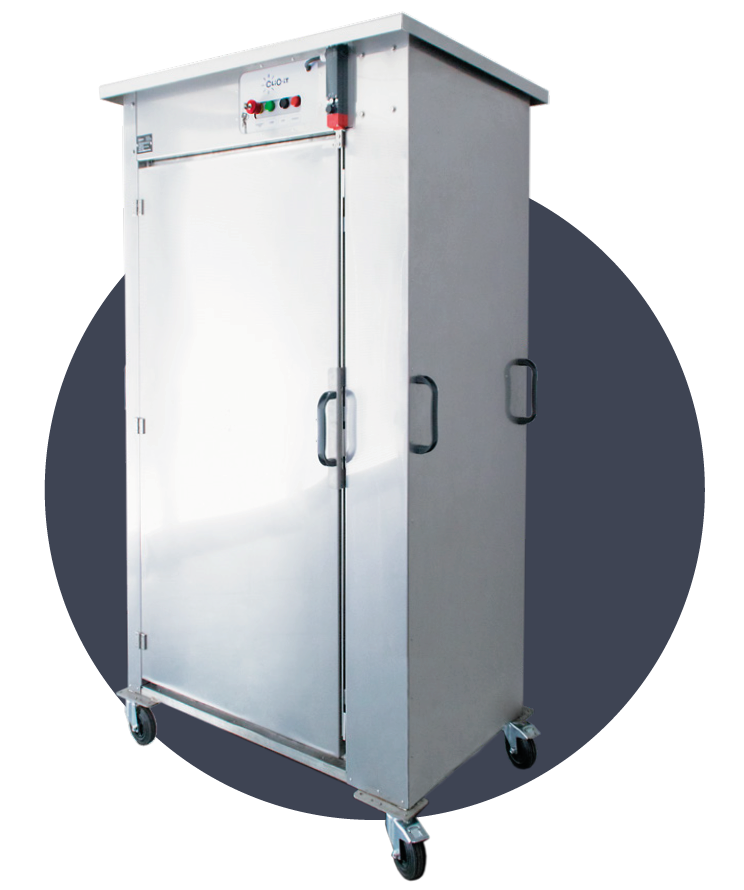
Due to COVID-19 crisis, many of you have sent us questions on how to disinfect textile equipment. Here are basic recommendations you need to know.
We recommend you to always follow the instructions indicated in the user instruction manual for each product:
Example for Harnesses : “Clean it with water and soap, wipe it with a dry rag and hang it up in a well-ventilated location, to let it dry naturally and away from a naked flame or heat source; follow the same procedure for components that have become damp during use. The metal parts should be wiped with a cloth impregnated with paraffin oil. Never use bleach or detergents. The harness should be stored in its packaging in a warm, dry, ventilated place, protected from sunlight, heat and chemicals.”
Additionally:
- Hand wash your equipment at 30°C/35°C, during a few minutes and rinse it immediately after. Then remove extra water and let it dry naturally. Do not minimize the drying period, it can be long and depend on weather conditions (humidity, temperature, etc.).
- Hot temperature washing, even at 65°C (as recommended for COVID-19) can make the webbings, ropes, plastic loops, ID plates softer and then lead to deformation.
- Hospital disinfection methods involving very low or very high temperatures and using bleach or chemicals would damage the textile fibres as well as plastic elements. We cannot recommend these methods for KRATOS SAFETY equipment.
- Alcohol-based products for disinfection are prohibited.
Upon receipt of a new product (or when you don’t know who it was manipulated by), we also recommend you to respect a time of 48h/72h before wearing it or using it again. During this period of “quarantine”, let it sit in a ventilated area.
We also take this opportunity to remind you that, as indicated in our user instruction manual, a harness should be allocated to a single user.
All these recommendations will highly reduce the risk of contamination, but of course it cannot be 100% guaranteed.
|
NEW ! Following the latest research done on the use of gaseous ozone as a virucide (in particular against COVID-19), bactericide, fungicide and smell destroyer, we wish to inform you of that very effective new method of disinfection. Our PPEs can be exposed to gaseous ozone in disinfection cabinets, with an ozone concentration and a maximal time of exposure of 1000 ppm x minute. It is EXTREMELY IMPORTANT to follow the recommendations for use of the ozone generator’s manufacturer in order to not expose operators to that gas. After 60 cycles of exposure to these conditions, our PPEs were tested and did not present any significant alteration. That kind of treatment also has the advantage of being very quick and the PPE to which it has just been applied can be used directly after it. |
 |
Finally, we would like to draw your attention to the fact that, despite the current period, you should not forget that before each use, a PPE must have a visual inspection by the user (please refer the user instruction manual).
